I will give you an image (not my photo), a link (which leads to another link, too), and a warning.

Stinkhorn
Those posts, as a set, are rated R,
for language, suggestive simulated nudity,
and special-effects grossness.
in which Sandra Dodd follows the lead of others
in trying to identify by name 100 local plants
YIKES!

Marry, if you would put me to verses, or to dance for your
sake, Kate, why you undid me; for the one, I have neither
words nor measure, and for the other I have no strength in
measure, yet a reasonable measure in strength. If I could win a
lady at leap-frog, or by vaulting into my saddle with my armour
on my back, under the correction of bragging be it spoken, I
should quickly leap into a wife. Or if I might buffet for my
love, or bound my horse for her favours, I could lay on like a
butcher and sit like a jack-an-apes, never off. But, before God,
Kate, I cannot look greenly, nor gasp out my eloquence, nor I
have no cunning in protestation; only downright oaths, which I
never use till urg'd, nor never break for urging.
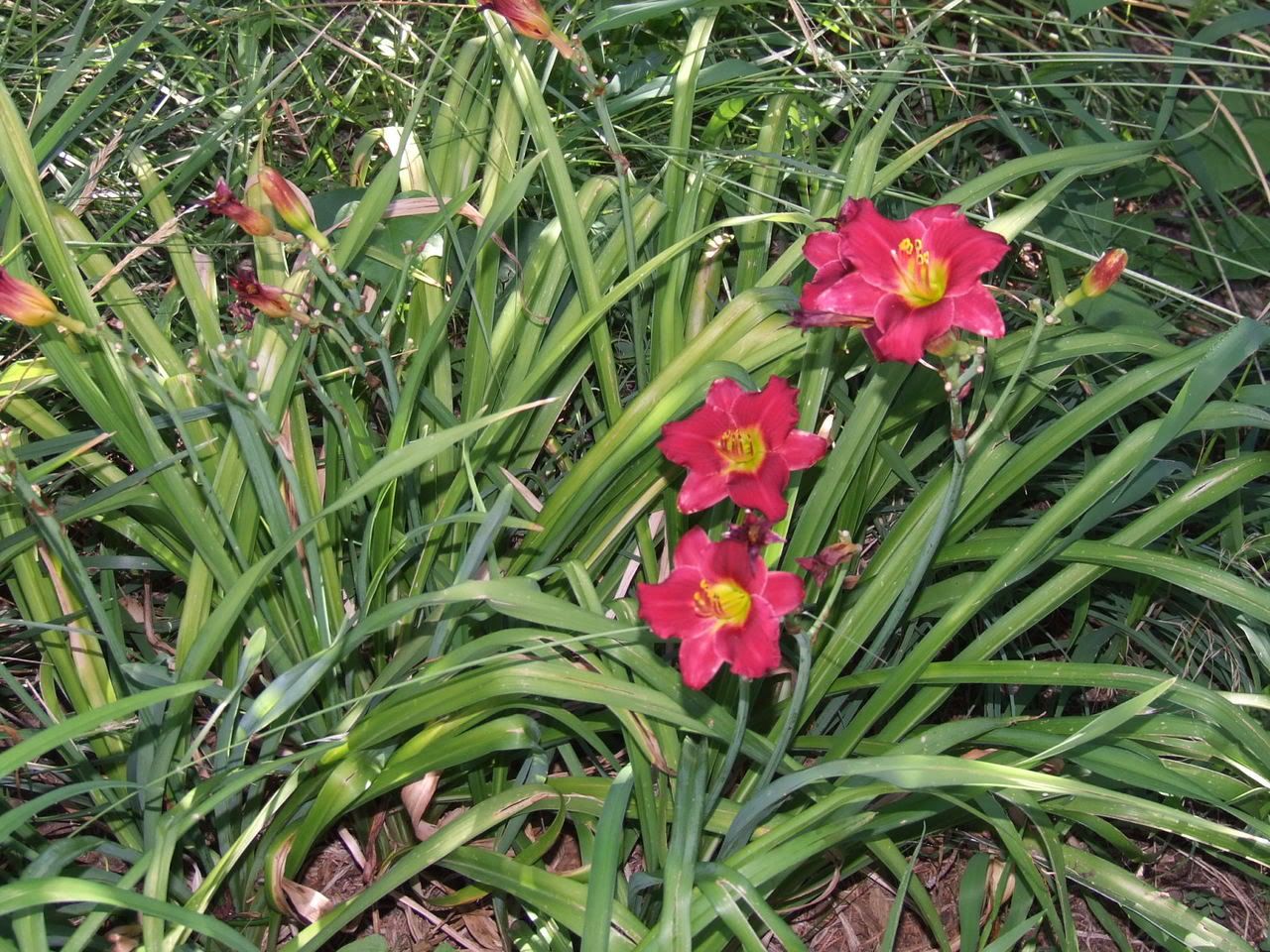
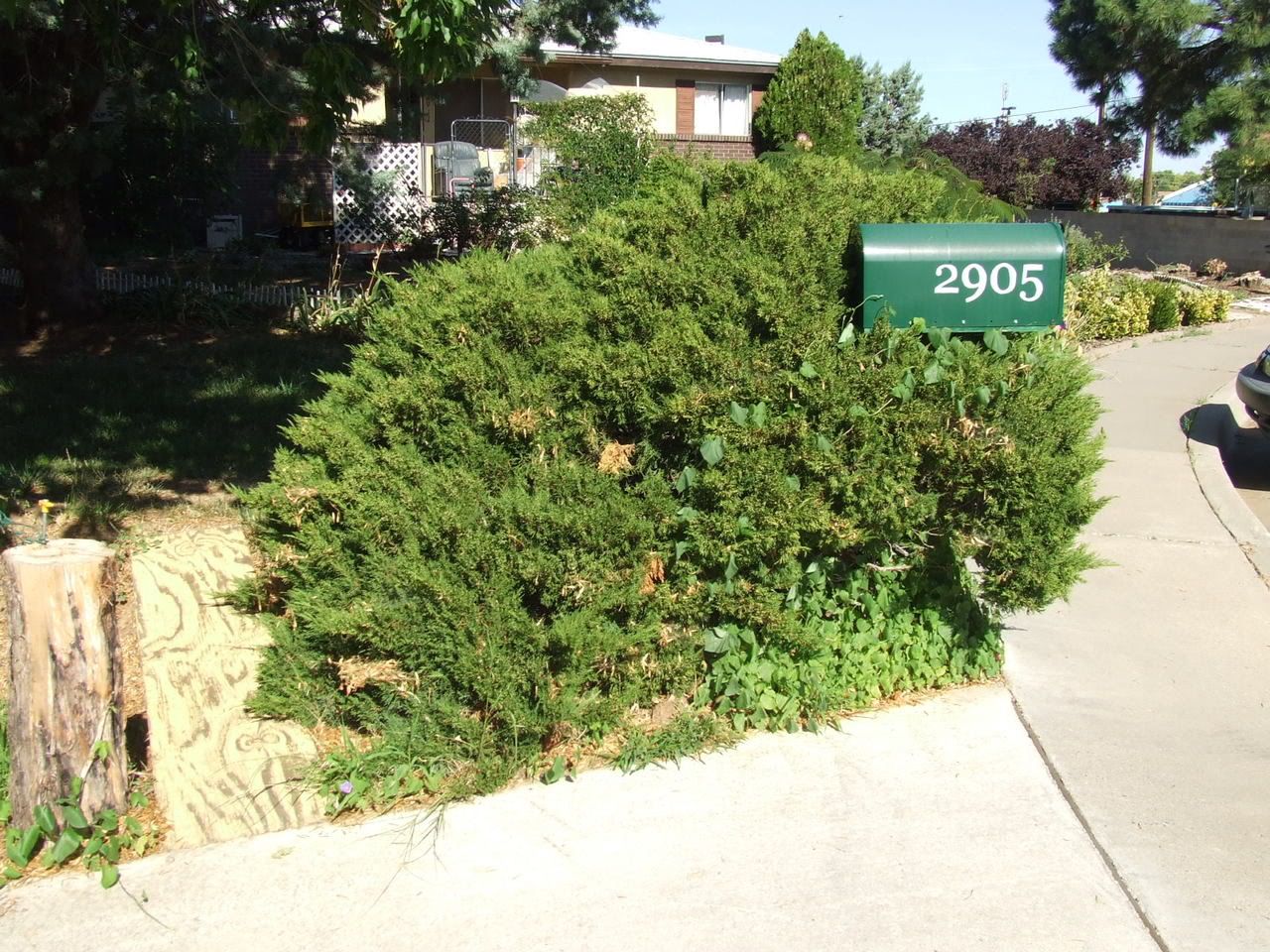

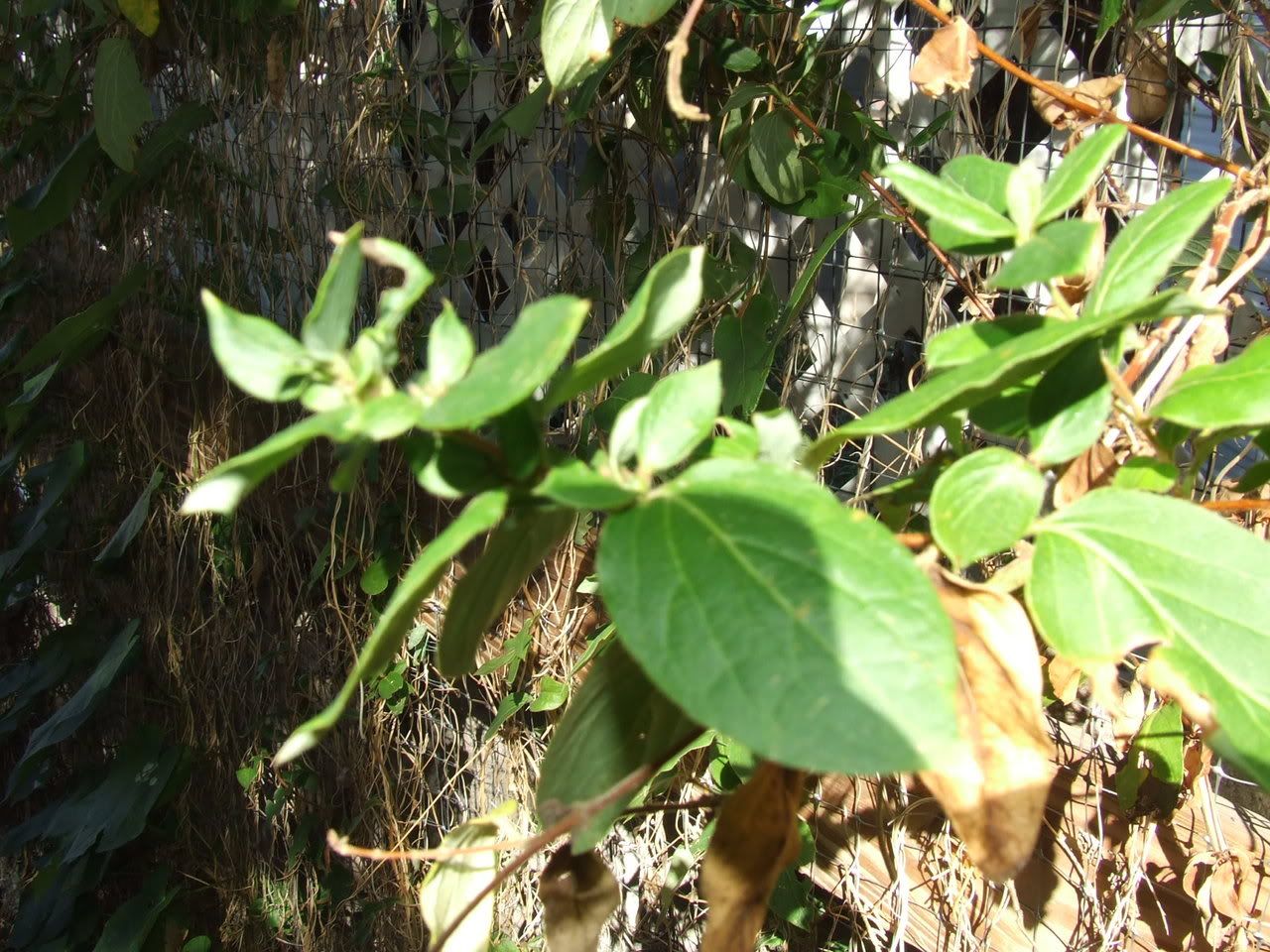
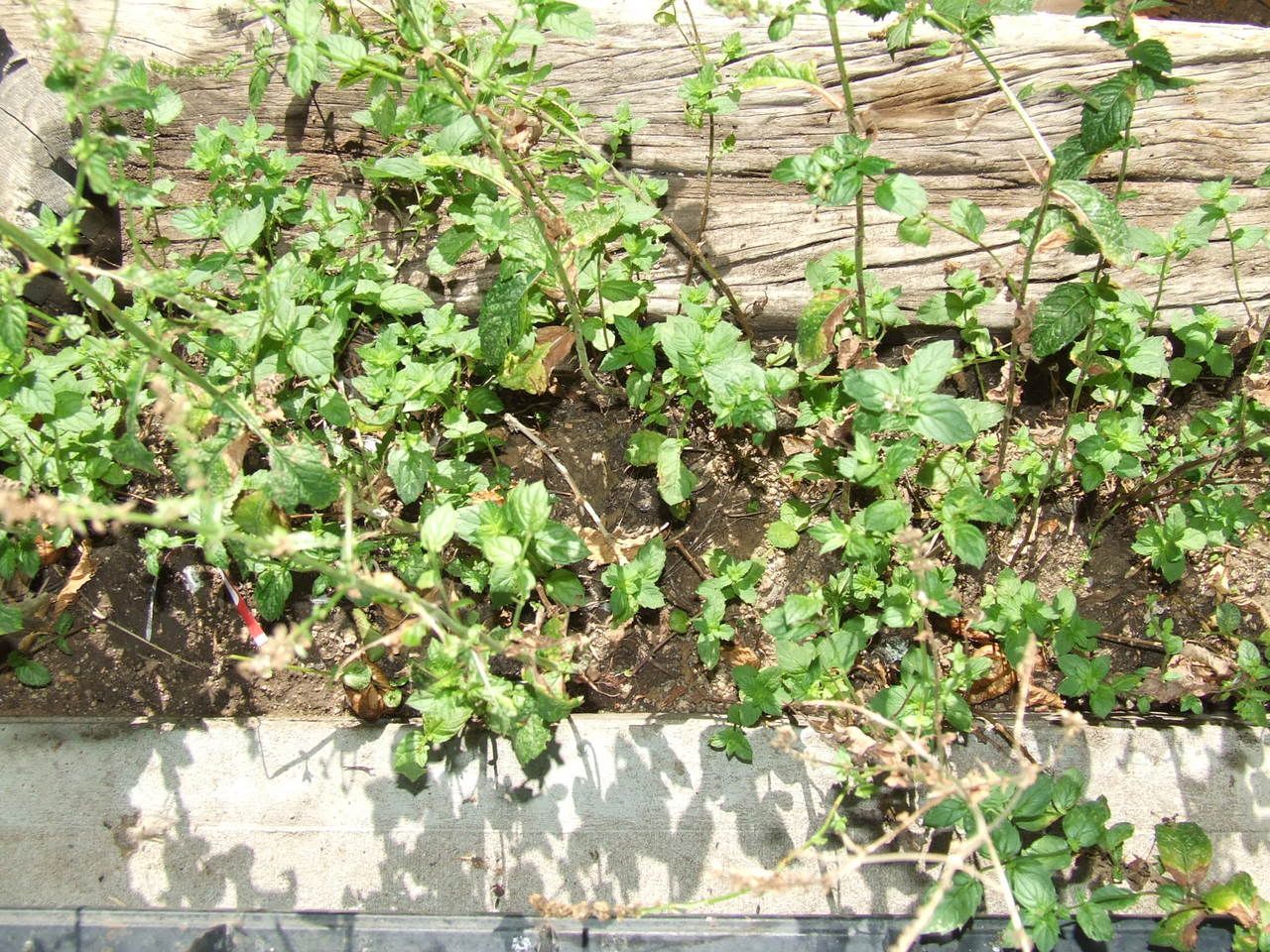
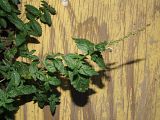

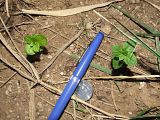


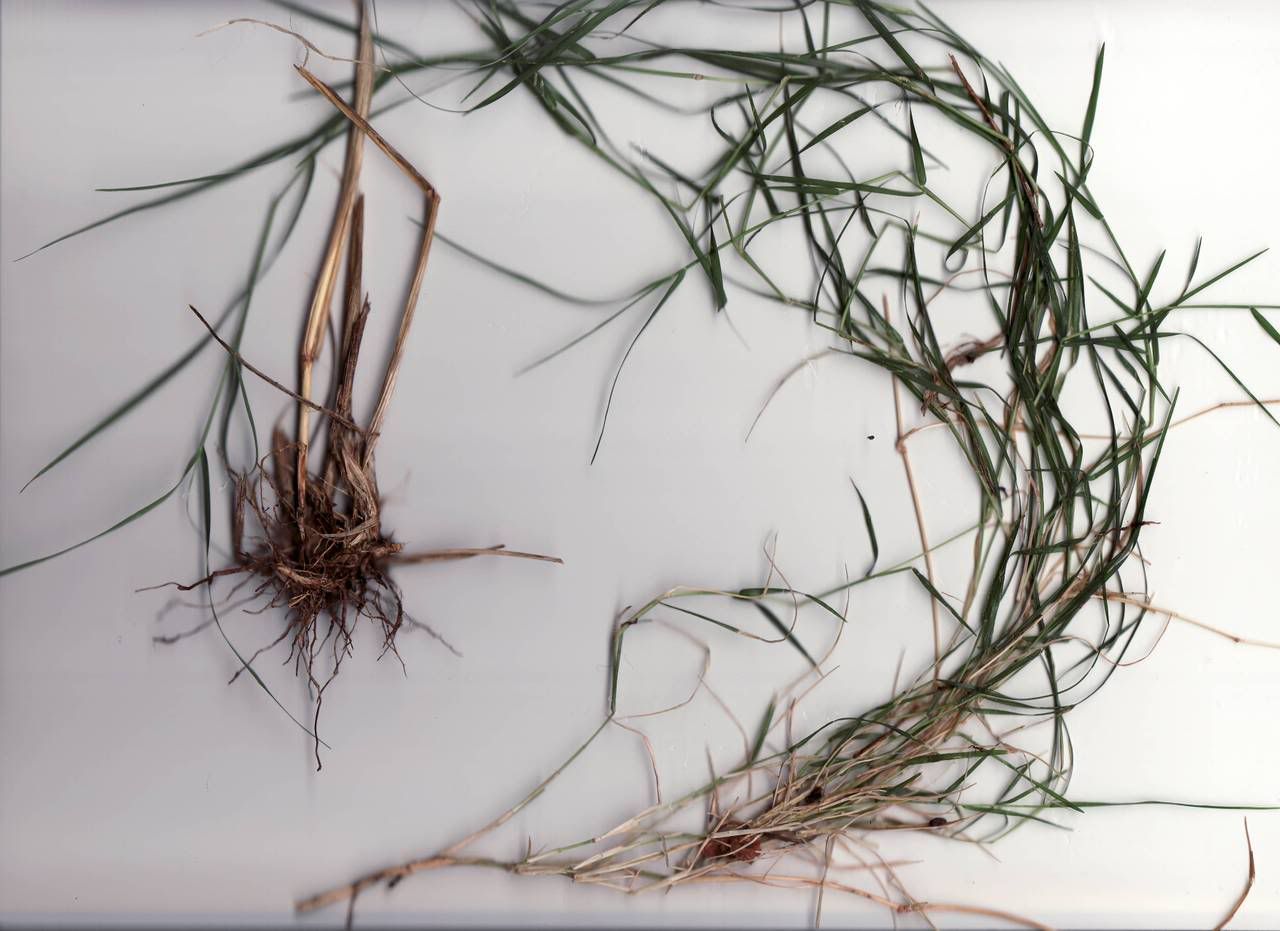
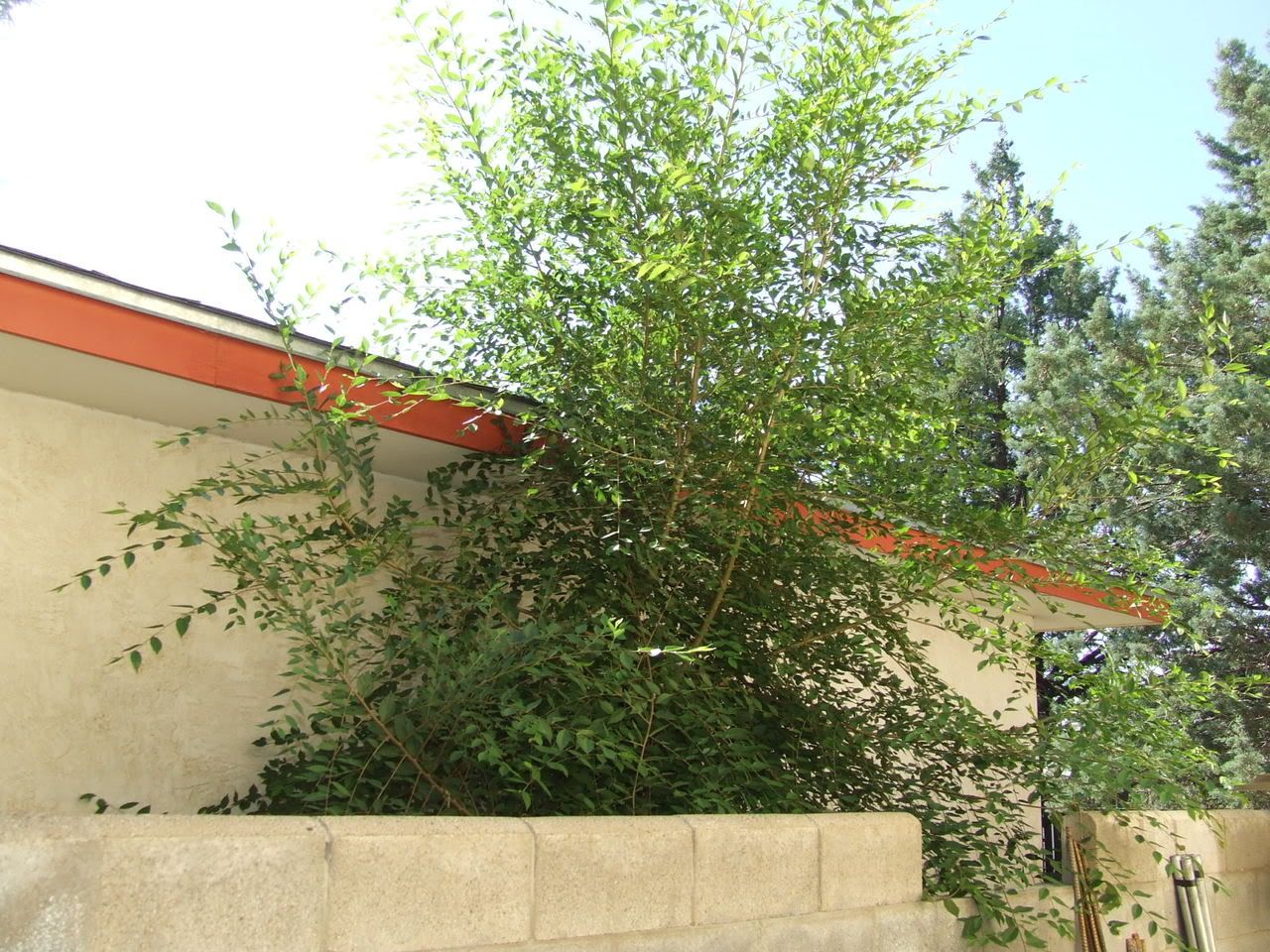
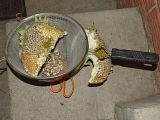 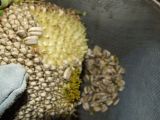 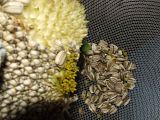 |

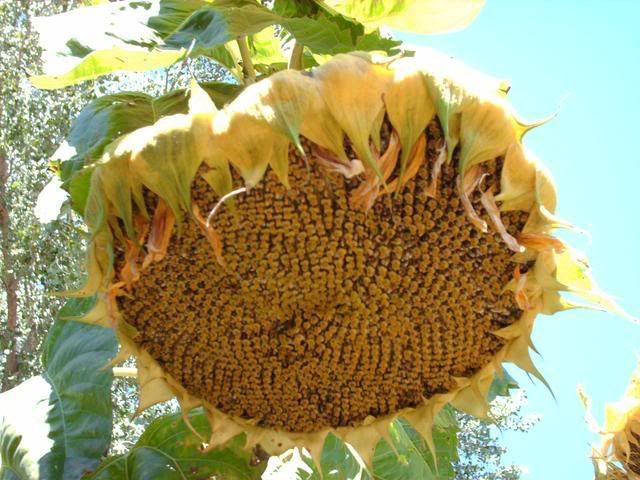

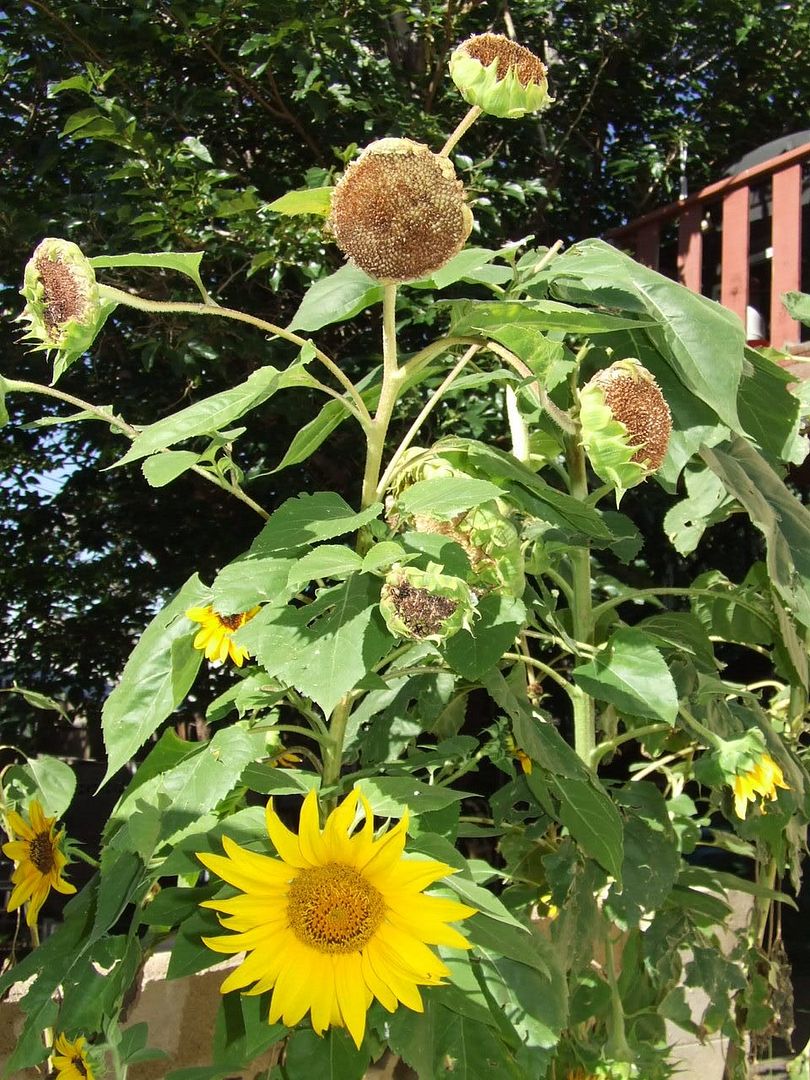
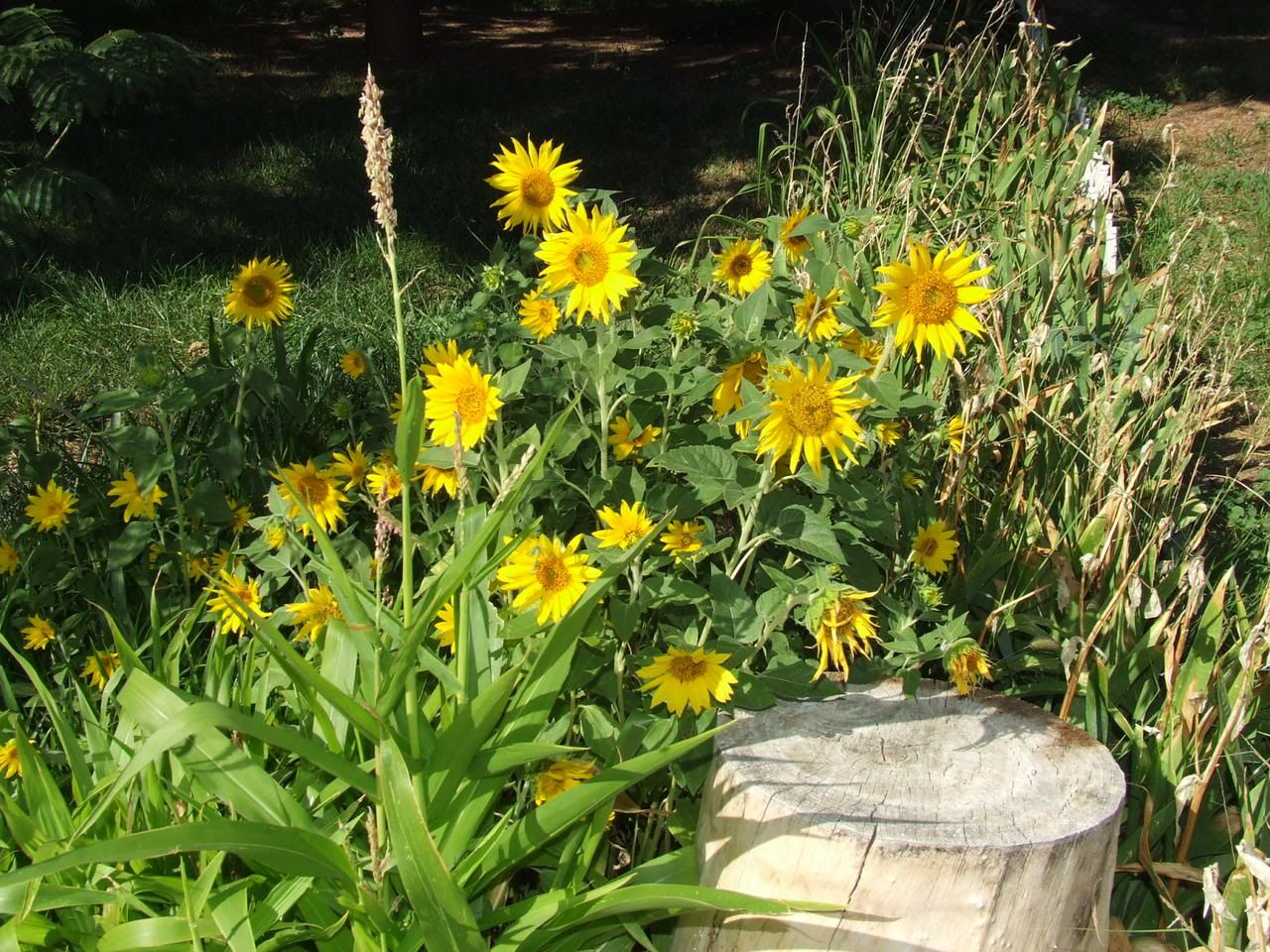
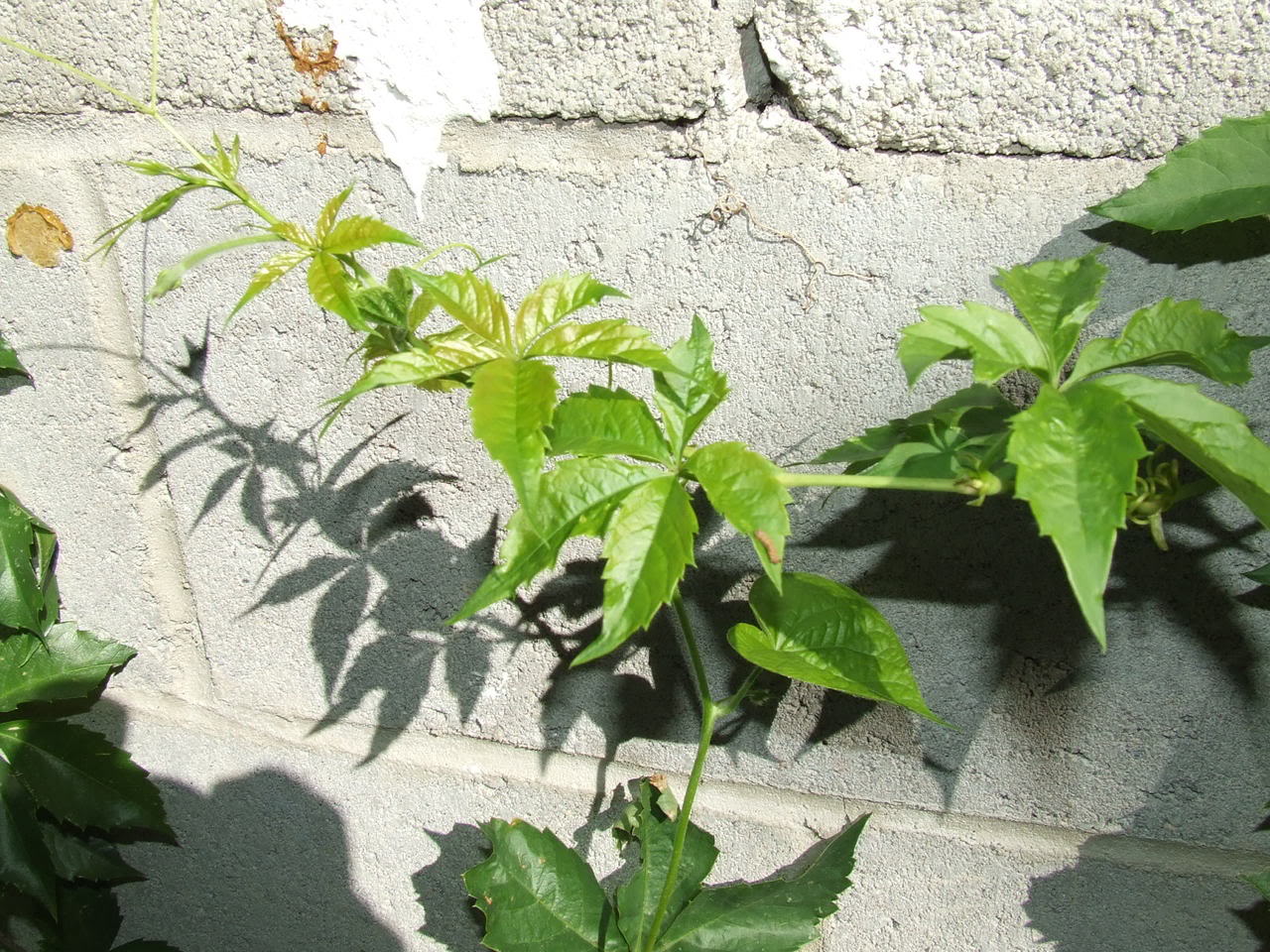 I didn't know what this was called, though quite a bit came up when we first moved here and started watering our yard. Then we got new neighbors. Harry is an old guy who grew up in Pinos Altos, near Silver City, and told me it was all around his house when he was little and it was Virginia Creeper. I asked if he wanted some and he said sure, yes, that would be great. His wife was less enthusaistic. But when we had some well rooted, Keith and I asked Harry where he wanted it, and we put it there, and though his wife grumped some (as she does), there's a fence kind of in front of their front porch that's all covered now in Virginia Creeper.
There are seasonal features not showing now. Blooms. Fall colors. Now, in August, it just has the green.
I didn't know what this was called, though quite a bit came up when we first moved here and started watering our yard. Then we got new neighbors. Harry is an old guy who grew up in Pinos Altos, near Silver City, and told me it was all around his house when he was little and it was Virginia Creeper. I asked if he wanted some and he said sure, yes, that would be great. His wife was less enthusaistic. But when we had some well rooted, Keith and I asked Harry where he wanted it, and we put it there, and though his wife grumped some (as she does), there's a fence kind of in front of their front porch that's all covered now in Virginia Creeper.
There are seasonal features not showing now. Blooms. Fall colors. Now, in August, it just has the green.
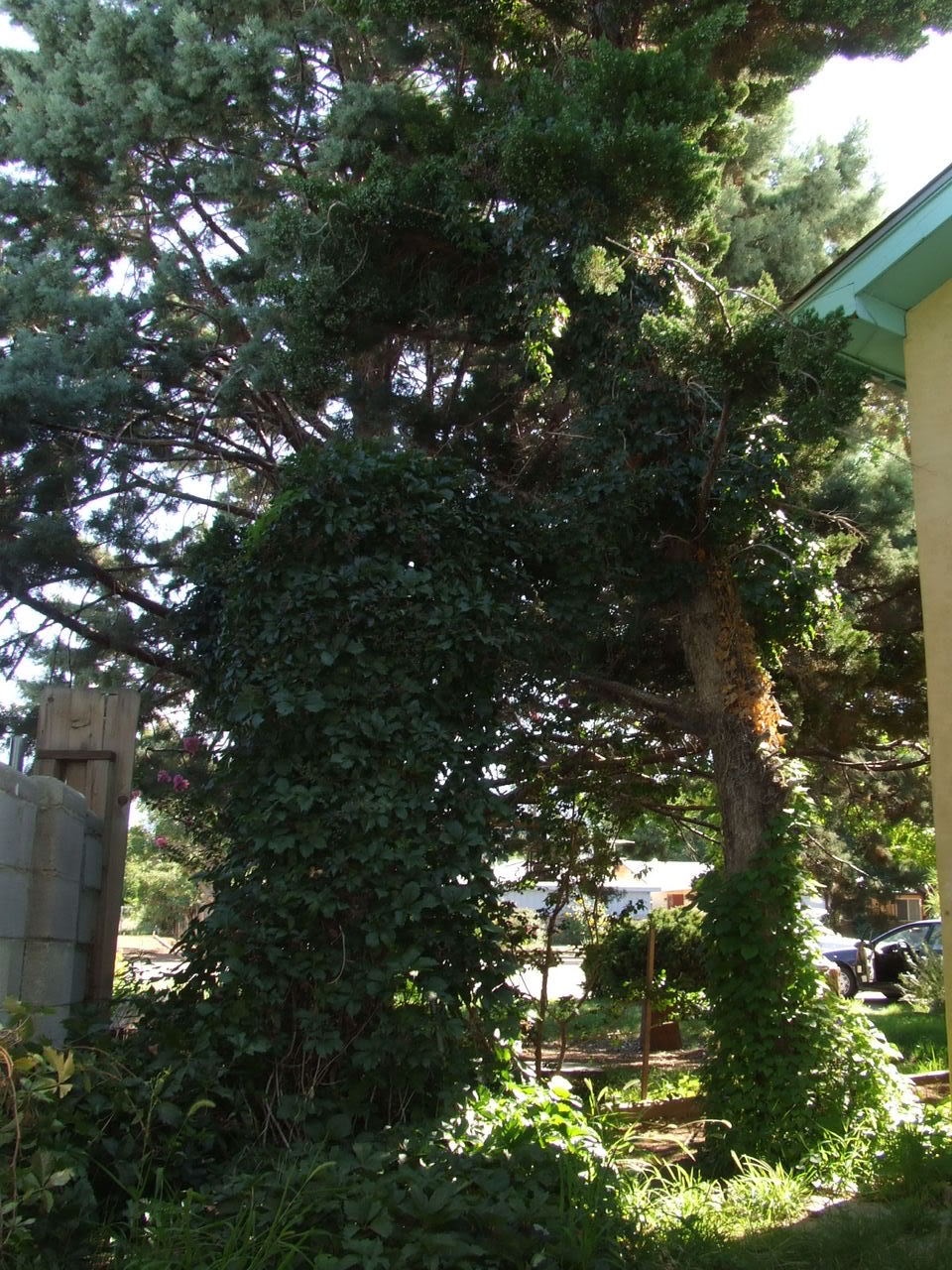
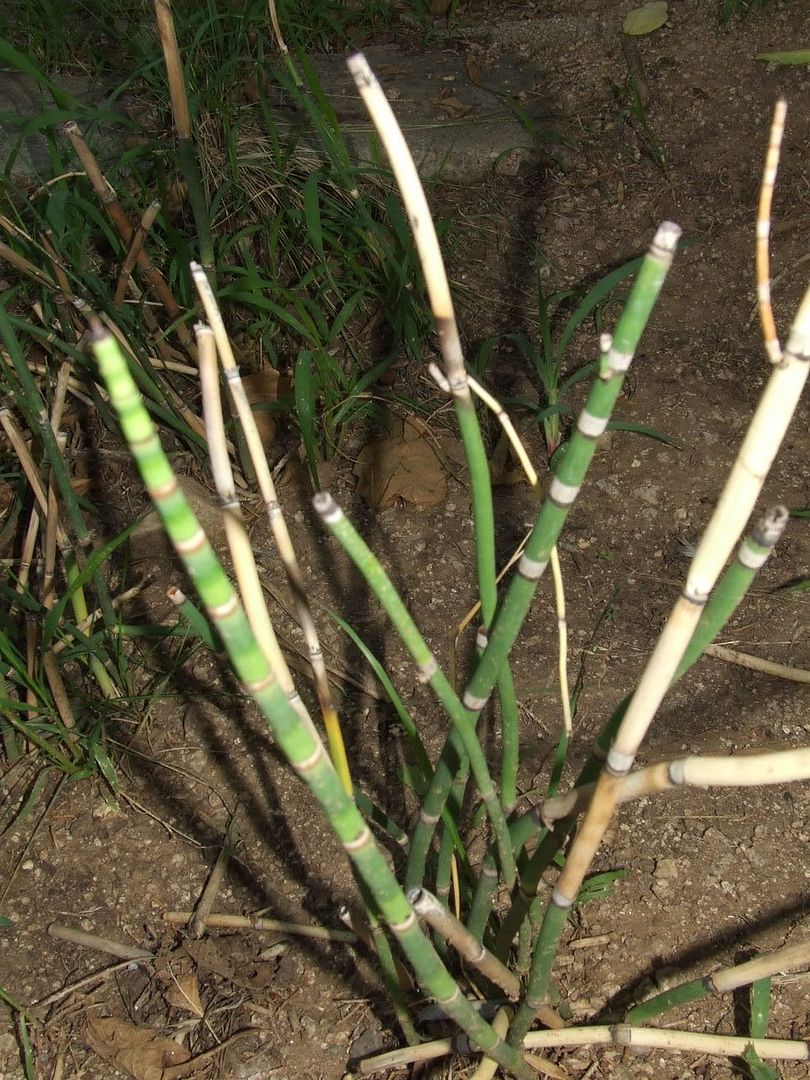
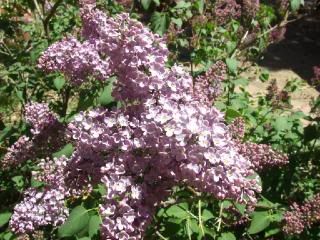 The first photo is from mid-May. Below is what they look like this week (August).
The first photo is from mid-May. Below is what they look like this week (August). 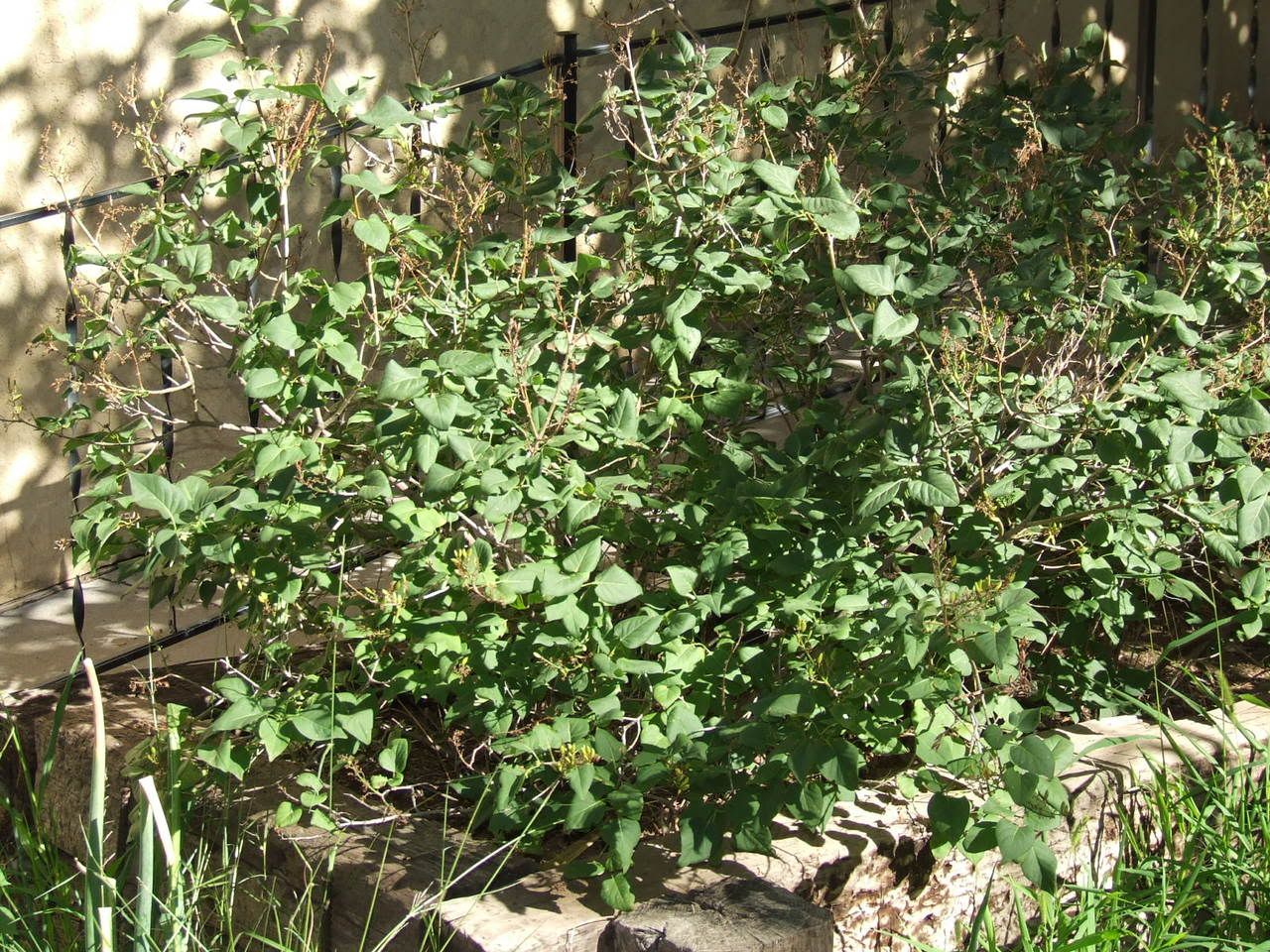


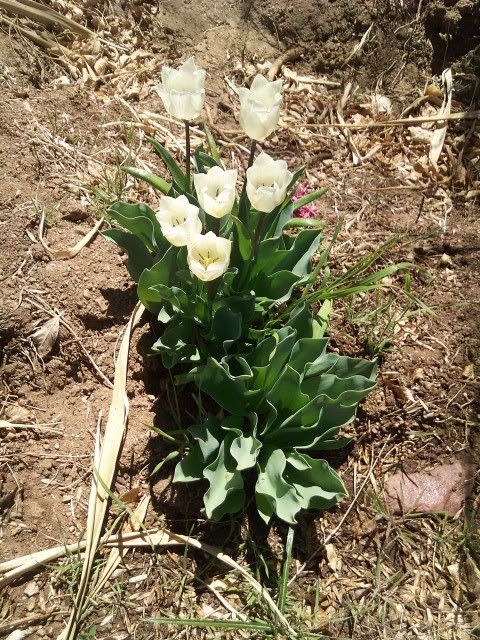

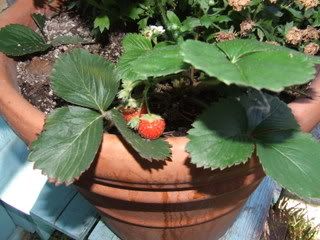 My friend Laine (Viviana) moved to Arkansas (Calontir) in the winter, and Keith and Ben helped her load up. So she gave them, to give me, some pots that had been on the patio, in the yard, somewhere. Outside plants. So when Spring came and they got some water, things came up in a couple of them. Early on, this made one biggish strawberry which I ate. Then in early August it made two, and Keith and I ate them. There's one little stunty one that seems to have stalled out small.
My friend Laine (Viviana) moved to Arkansas (Calontir) in the winter, and Keith and Ben helped her load up. So she gave them, to give me, some pots that had been on the patio, in the yard, somewhere. Outside plants. So when Spring came and they got some water, things came up in a couple of them. Early on, this made one biggish strawberry which I ate. Then in early August it made two, and Keith and I ate them. There's one little stunty one that seems to have stalled out small. 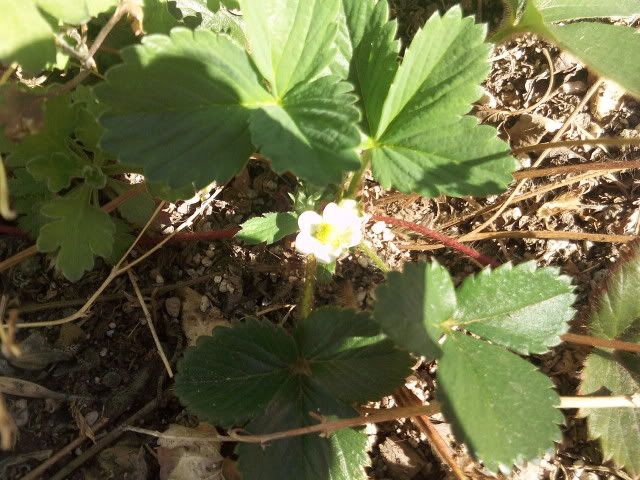
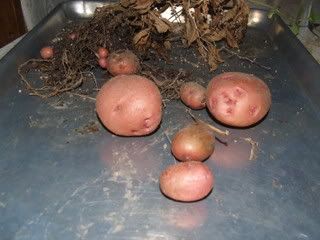
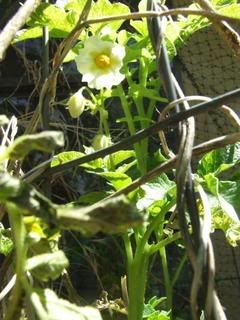
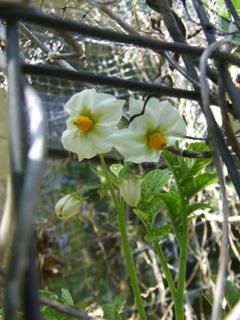
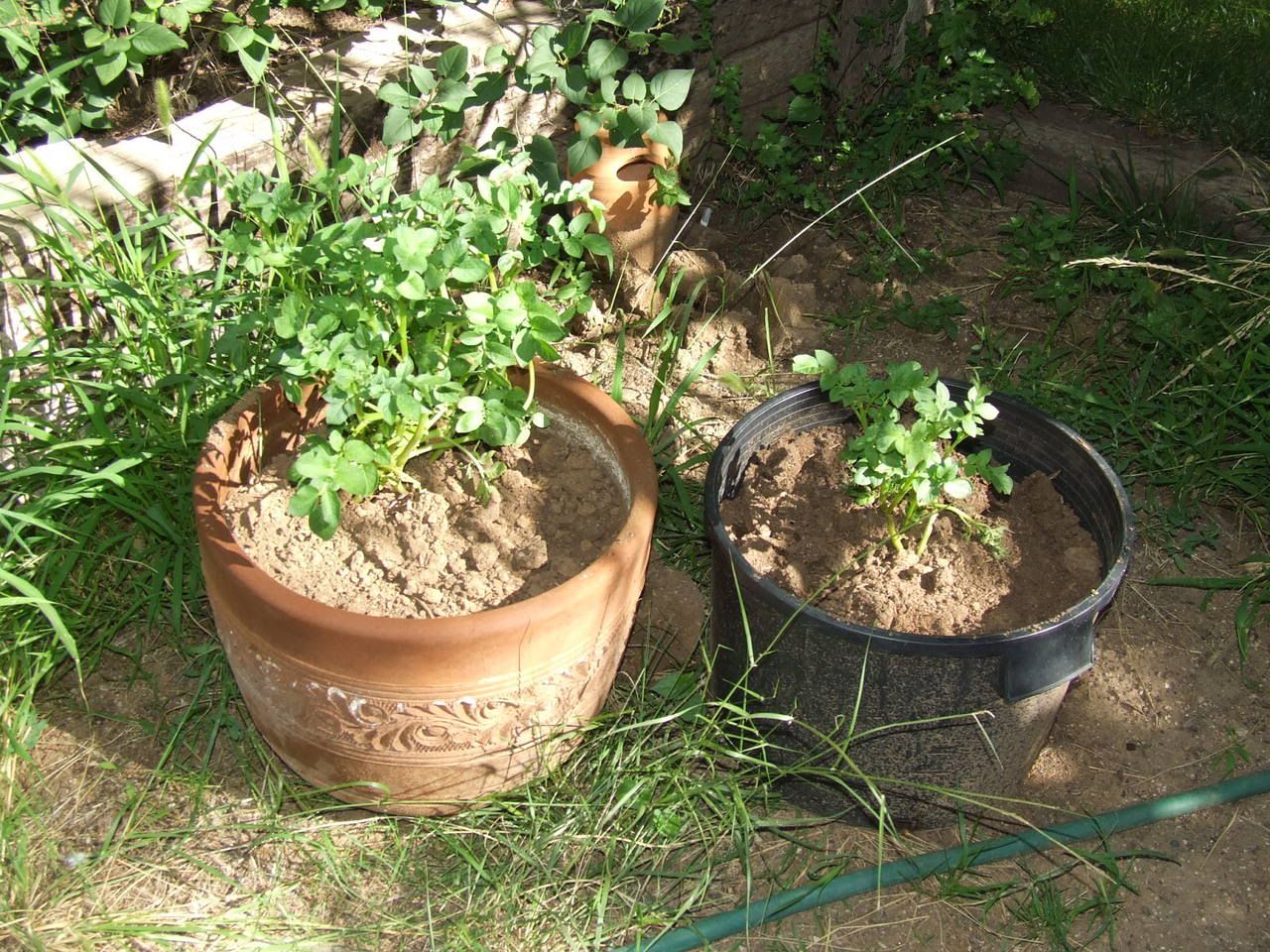
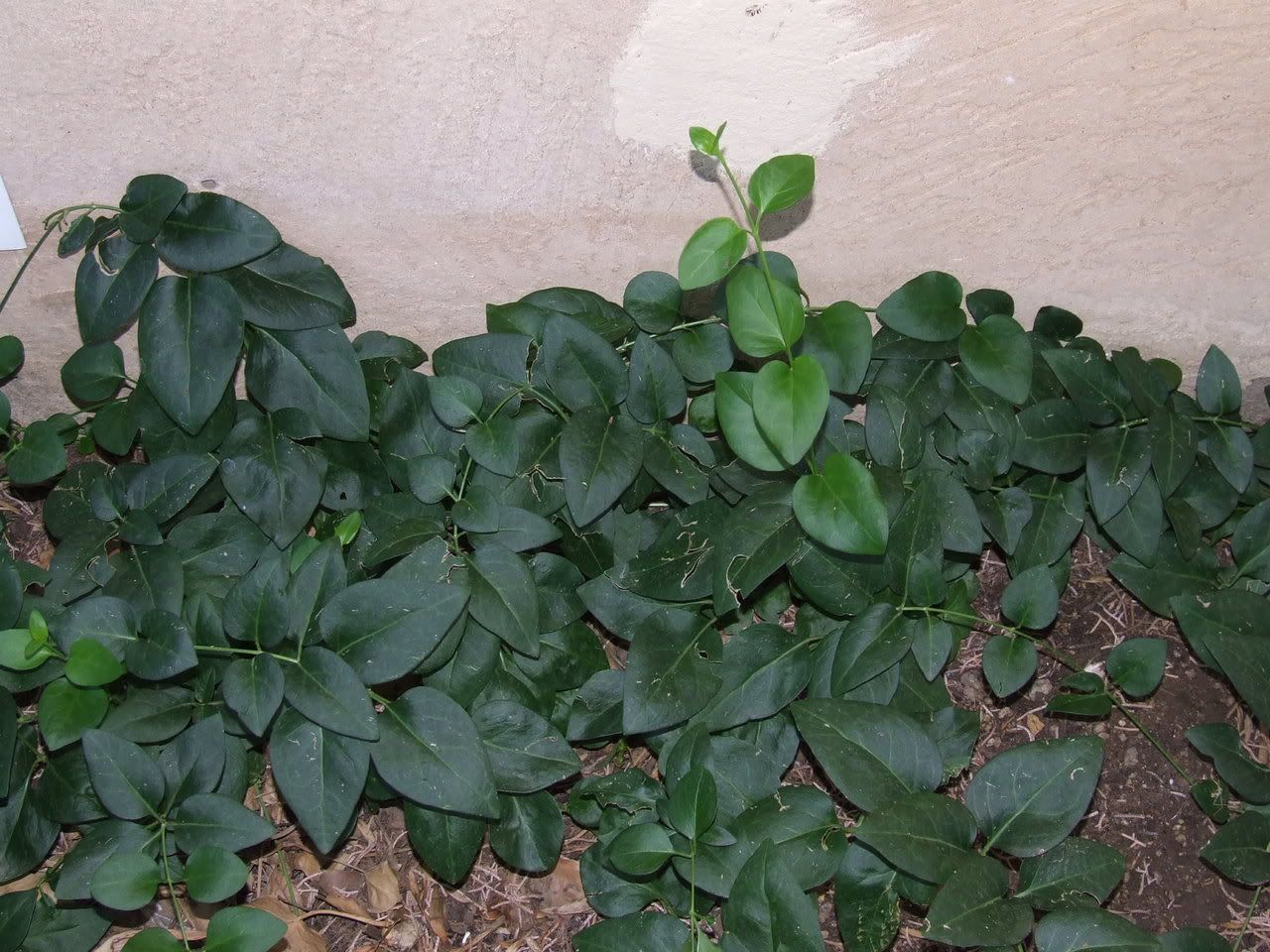
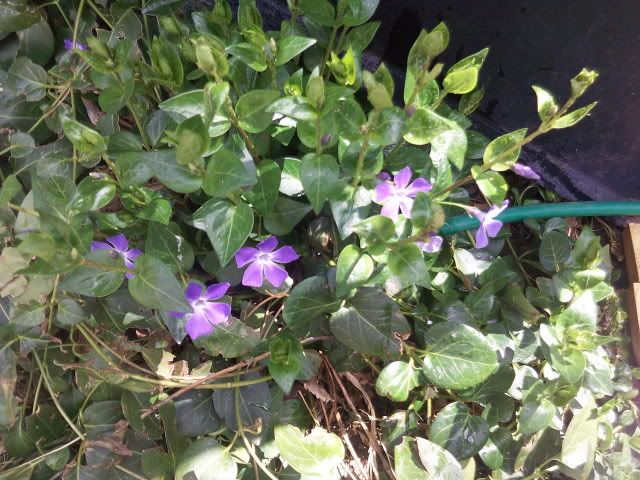


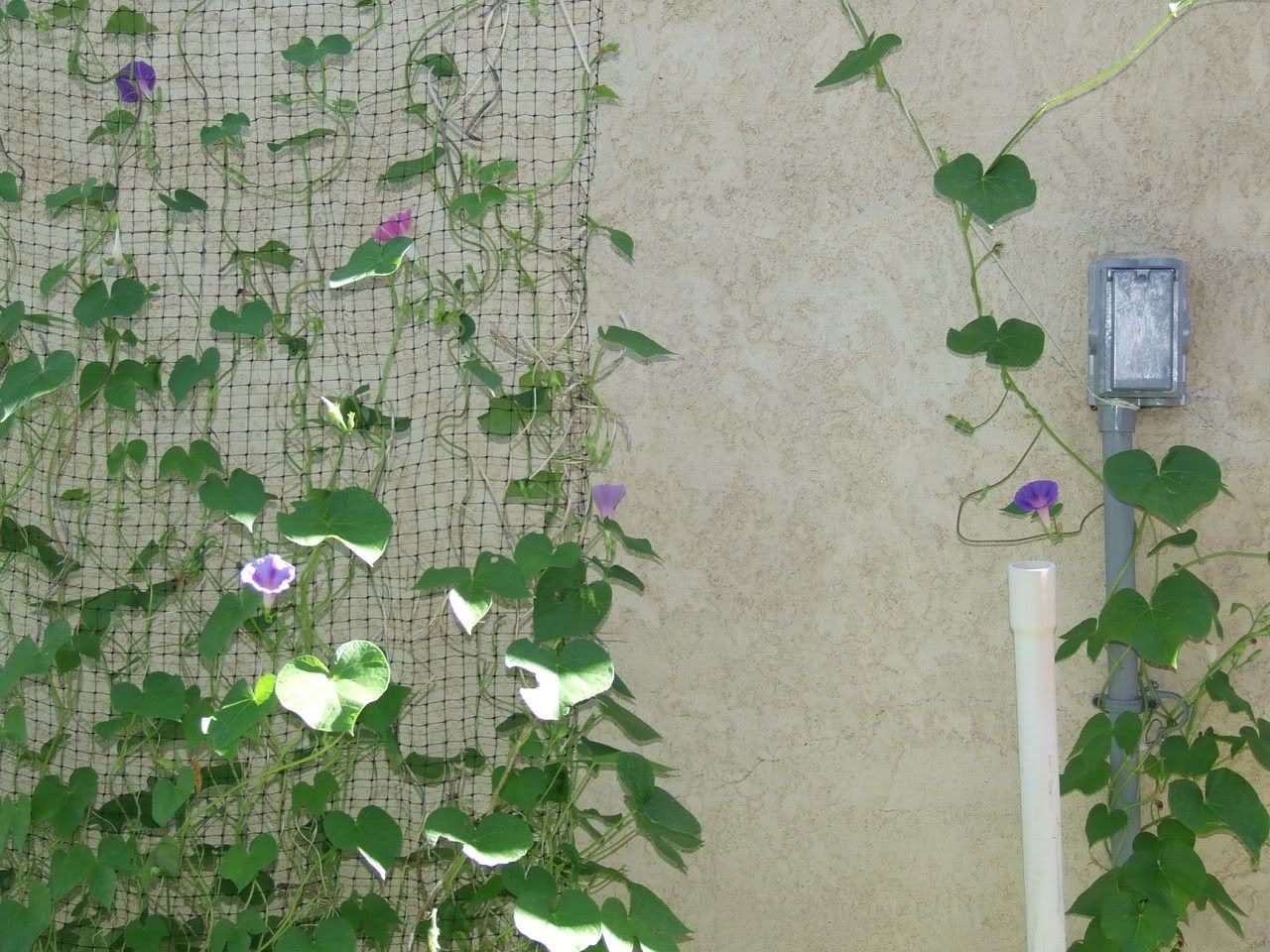
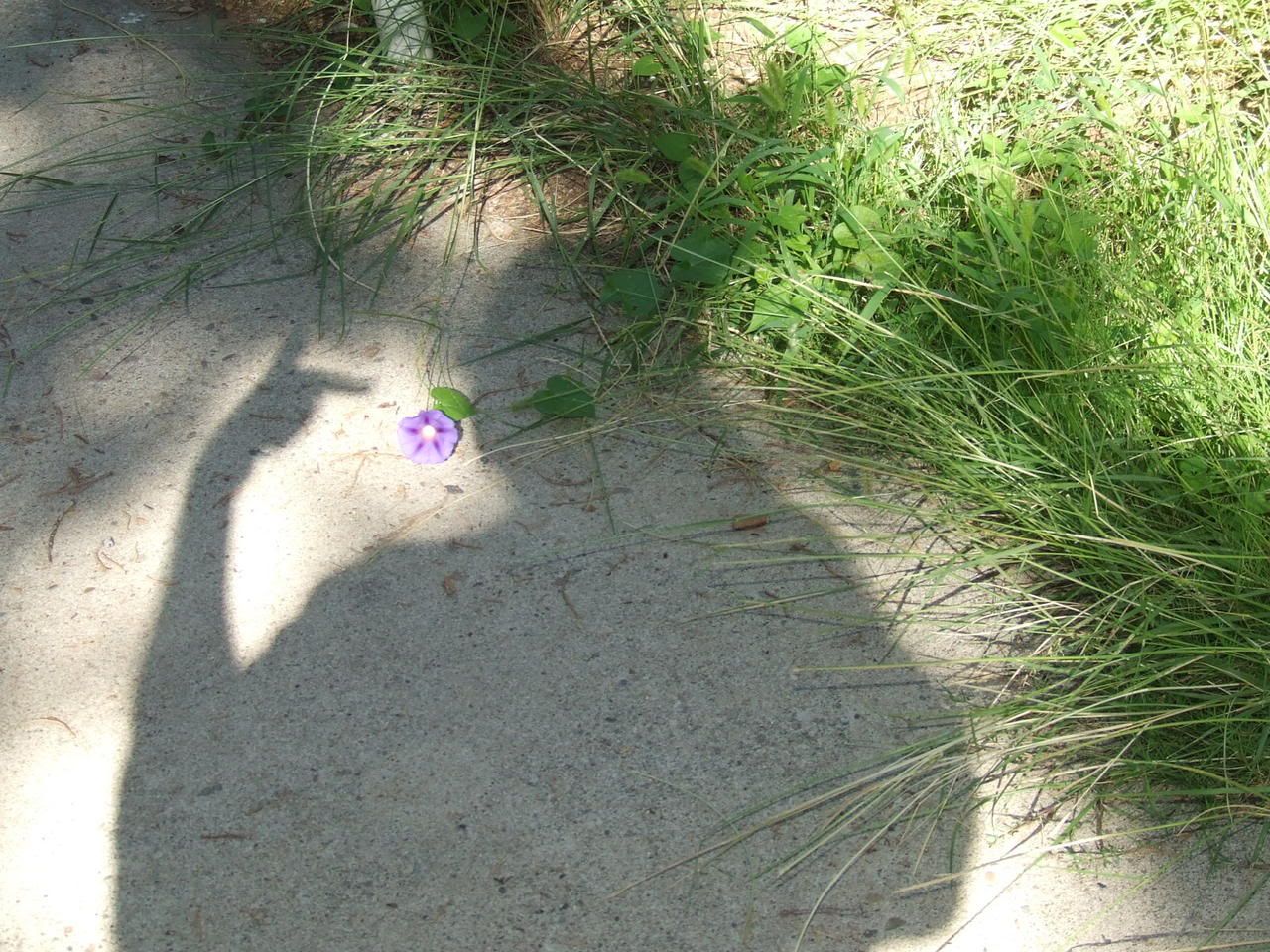
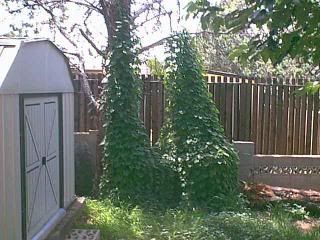 In three places, we have compost piles enclosed by hogwire bent onto itself into a circle like a bin, a couple or three feet across, and staked to the ground. Then there's plastic net fastened with bag ties from the top edge of that up to the roof gutter in one place, and into the trees on two others. There are two great benefits: The flowers cover up the compost pile, and the presence of the flowers gets the compost watered (or watering the compost benefits the flowers). Sometimes we go a long time without rain here, and compost won't work when it's really dry, but it can seem a shame to just water the compost pile. So this creates symbiosis, and lack of guilt, and beauty. The lump on the right is the compost bin, but the plastic goes both straight up to the branch, and over to the tree, and there are flowers planted all around the tree too.
In three places, we have compost piles enclosed by hogwire bent onto itself into a circle like a bin, a couple or three feet across, and staked to the ground. Then there's plastic net fastened with bag ties from the top edge of that up to the roof gutter in one place, and into the trees on two others. There are two great benefits: The flowers cover up the compost pile, and the presence of the flowers gets the compost watered (or watering the compost benefits the flowers). Sometimes we go a long time without rain here, and compost won't work when it's really dry, but it can seem a shame to just water the compost pile. So this creates symbiosis, and lack of guilt, and beauty. The lump on the right is the compost bin, but the plastic goes both straight up to the branch, and over to the tree, and there are flowers planted all around the tree too.
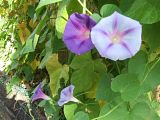

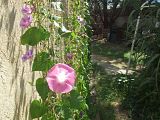

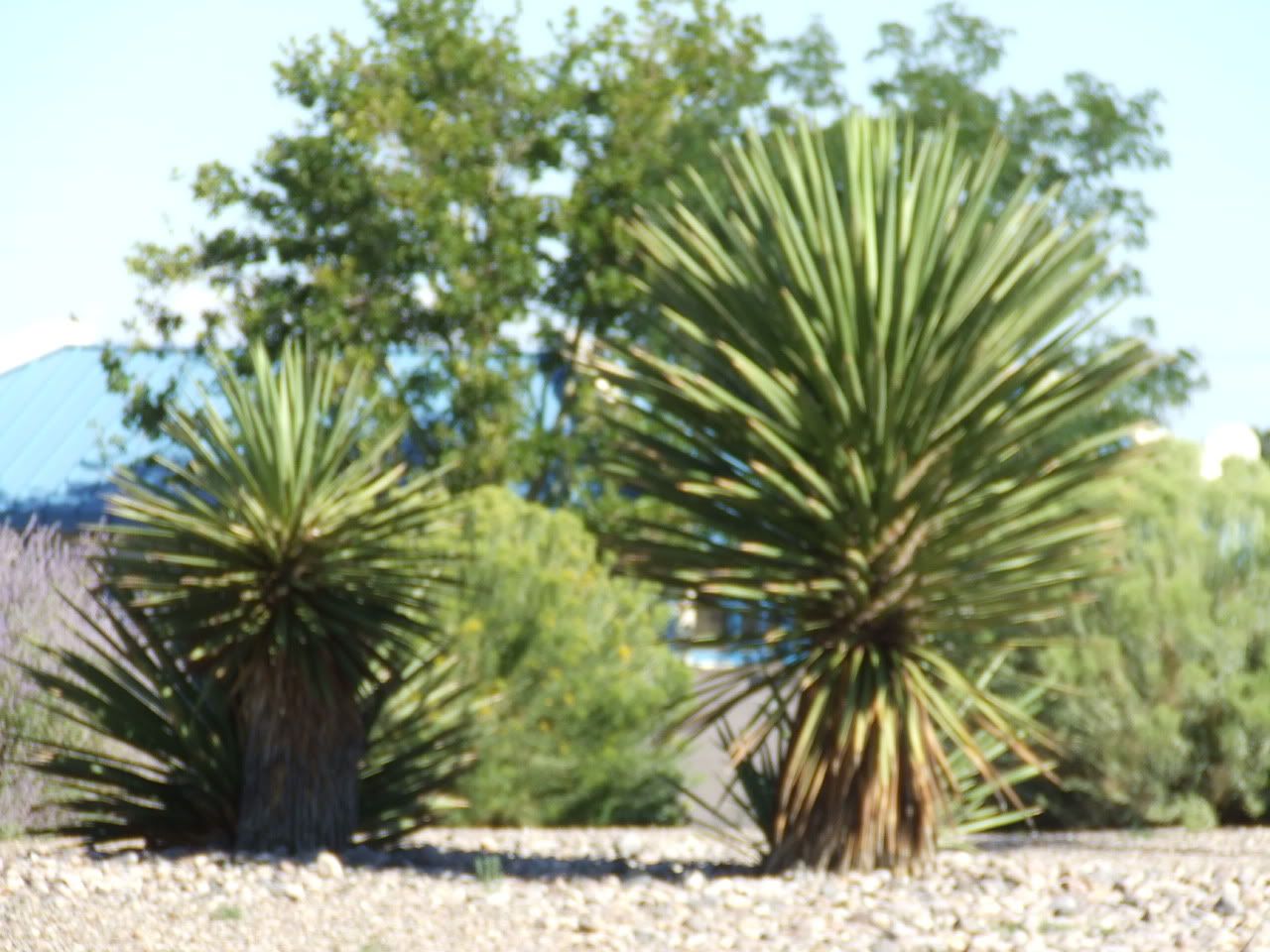

I've made a separate blog for this so people don't have to sift through my unschooling and SCA and lyrics stuff to find the flowers (and weeds and trees).
Diana Jenner (Oregon)
Sally's Garden (North Carolina)
Original Idea and then the Rules.
Melissa Wiley, San Diego (the blog where I found this project)
100 Species at Rockhound Place (Massachusetts)
What's Growin On, Diana, Oregon (coming soon)
The Bookworm (England)
Yellow House Homeschool South-Eastern France, Pre-Alps
The BadgerMum, Virginia